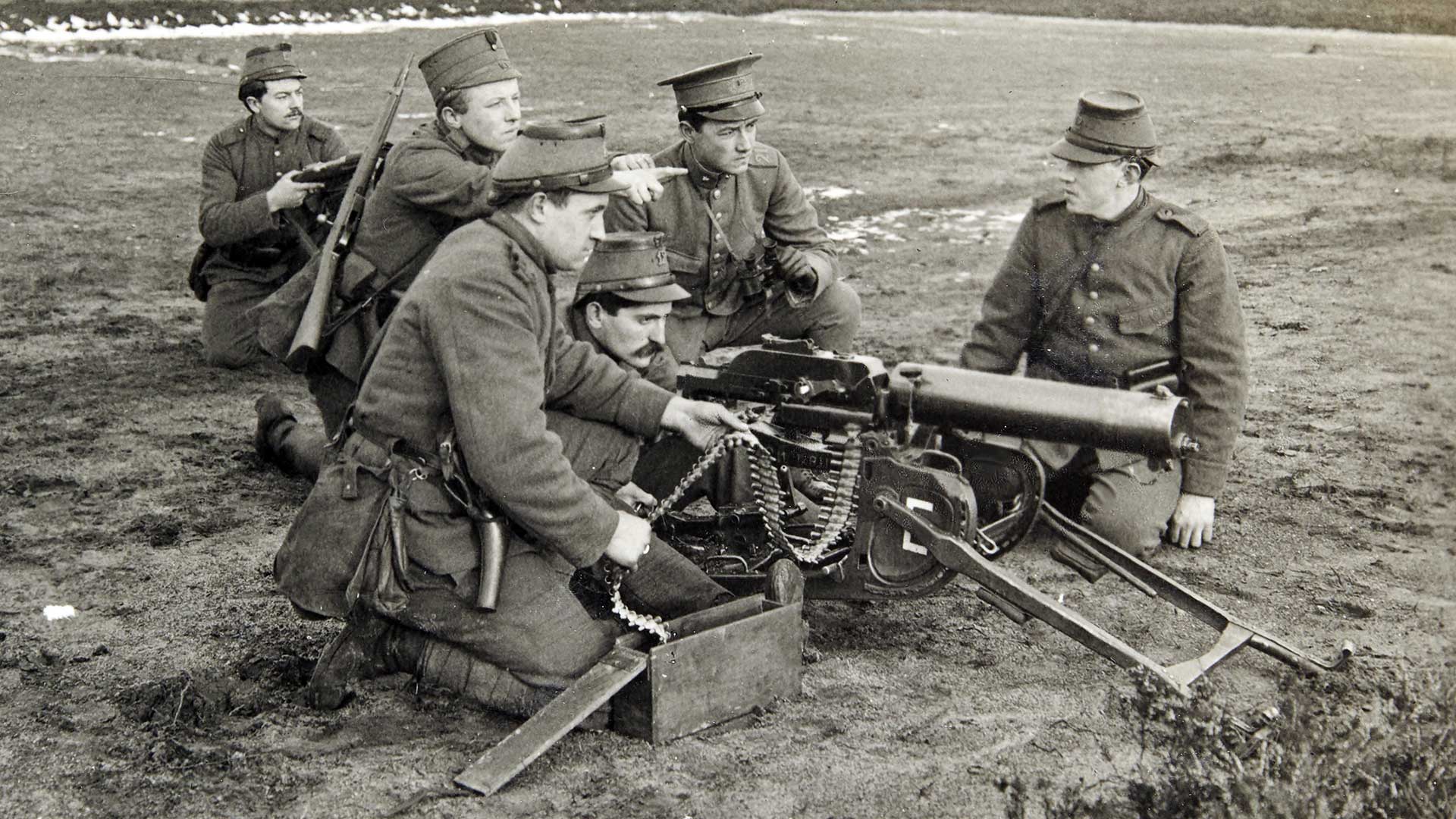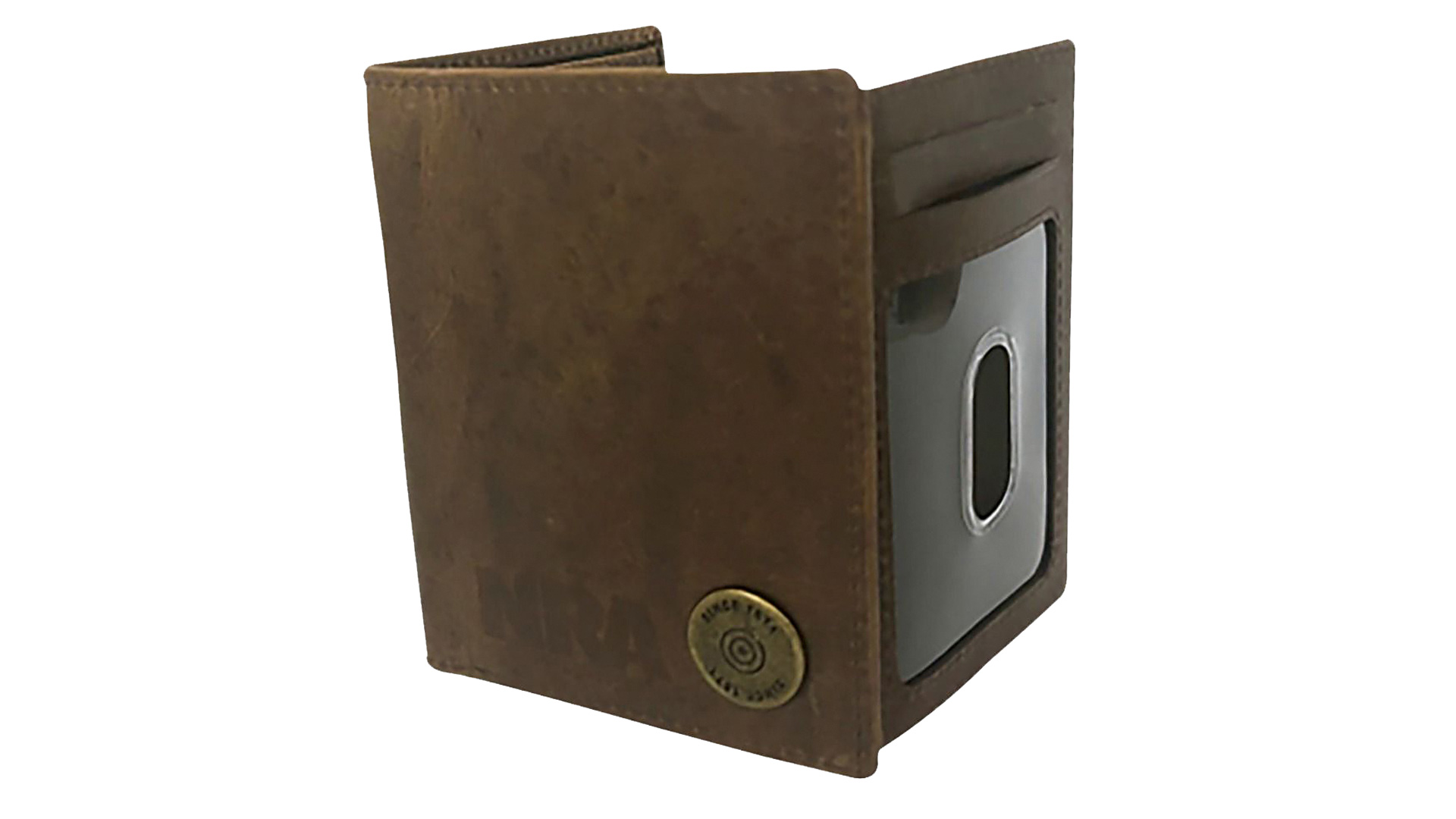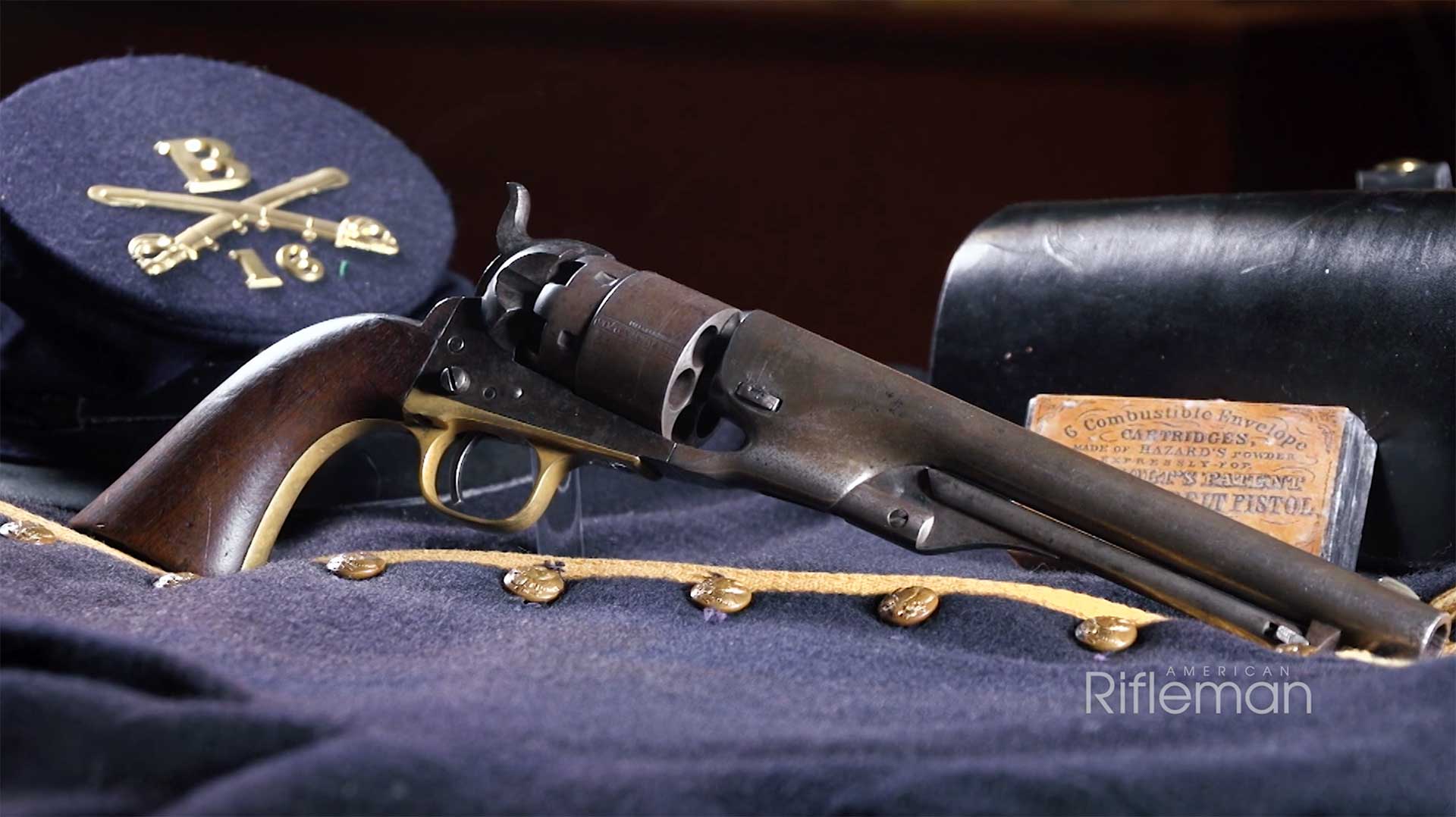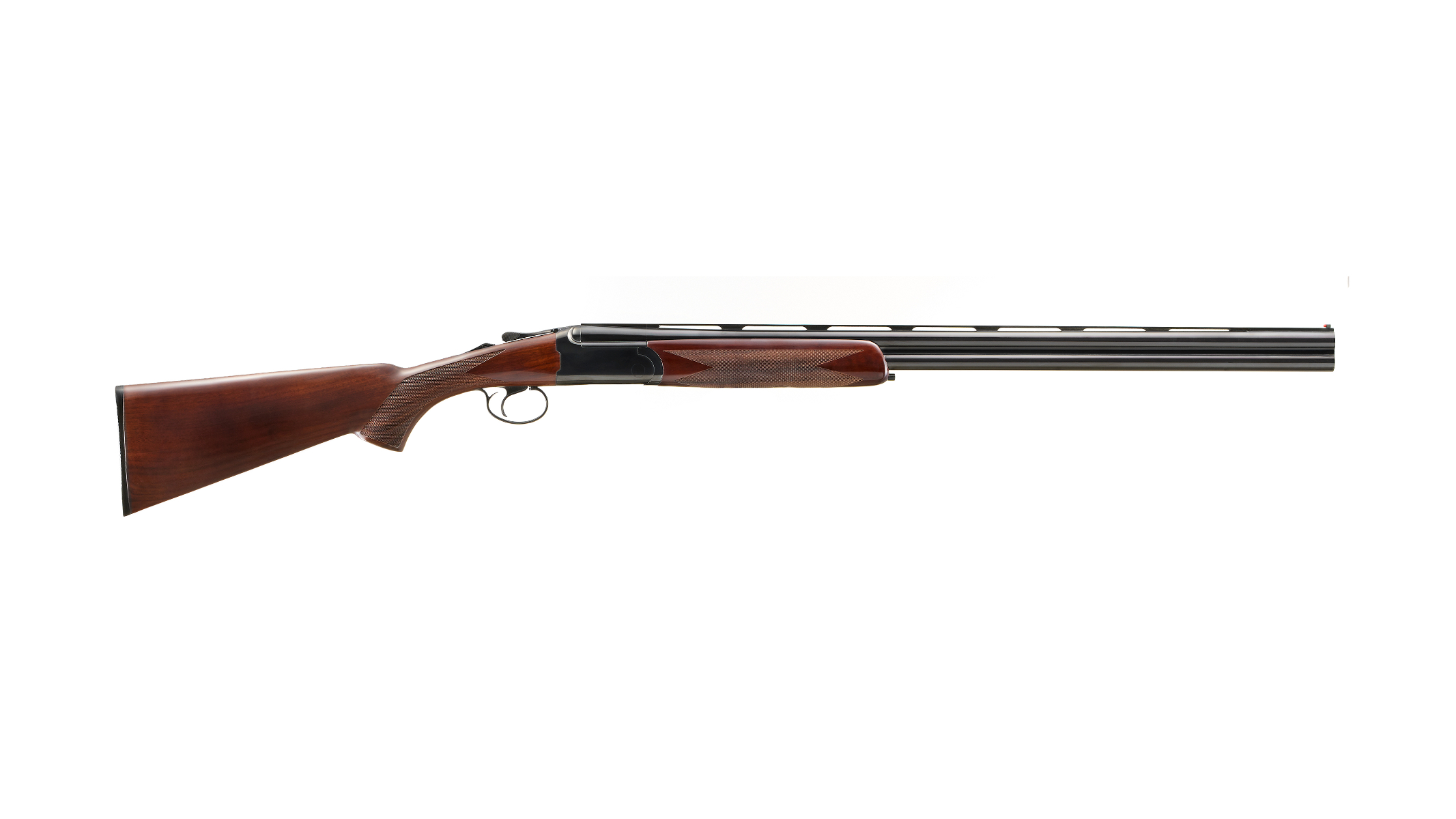
My blog on the Ruger Lightweight Carry Revolver (LCR) chambered for .22 Long Rifle has brought up a groundswell of requests for the gun to be chambered in .22 Winchester Magnum Rimfire (WMR), better known as .22 Mag. It looks to be especially attractive with the introduction of new loads, such as Hornady’s Critical Defense with a .45-grain FTX bullet, which according to factory data leaves a short 1 7/8-inch barrel at 1,000 fps, delivering a muzzle energy of 100 ft.-lbs. So why can’t you buy a .22 WMR LCR right now? The .22 Long Rifle seems to work fine, why not the .22 WMR?
According to the Sporting Arms and Ammunition Manufacturers Institute the .22 WMR’s chamber pressure is the same as .22 Long Rifle at 24,000 p.s.i. So why is there a problem? Two words: chamber friction. The big difference in extraction between the two is case length. The .22 WMR case is 1.055-inches long while the .22 Long Rifle measures 0.613 inches in length. Not quite twice as long, but enough to substantially increase the amount of friction. And remember you are dealing with simultaneous extraction of eight cases by an extractor star that only engages part of each case head.
When a cartridge is fired, the malleable material of the case expands outward to grip the chamber walls and contain the chemical force of the rapid expansion of the propellant gases. The case is jammed against the breech face and chamber walls by those gases. Also remember, the case head is quite thin on a .22 WMR or a .22 LR, about 0.050 inches. The priming compound on a rimfire is around the rim of the hollow case head on the inside, so there is not a lot of material there, and case heads on rimfires are really quite fragile. Most .22 Mag. handguns have been single-actions, such as my Ruger Single-Six that has both a .22 Long Rifle cylinder and a .22 WMR cylinder. With a large, fixed ejector rod, you get plenty of extraction force, although I have torn a case head off—really the whole bottom third of the case—once with it. This is not a big deal with a single-action, just skip that cylinder, but it is quite a big deal when you are dealing with an extractor star and seven other chambers.
I recently wrote up the Kel-Tec PMR-30 (I omitted the Excel Arms MP-22 Accelerator pistol from the list of .22 Magnums in my review; I’ll own that one), and the reason for the hybrid blowback/recoil system of operation on the Kel-Tec was chamber friction. Kel-Tec actually used the chamber friction to its advantage on the gun to help to keep everything locked until the bullet leaves the barrel.
Ruger is well aware of the interest in a .22 WMR LCR, and it has some of the best—if not the best—engineering talent in the firearm industry. It’s a tricky cartridge out of wheelgun with a short extractor rod. However, they are working on it.





































